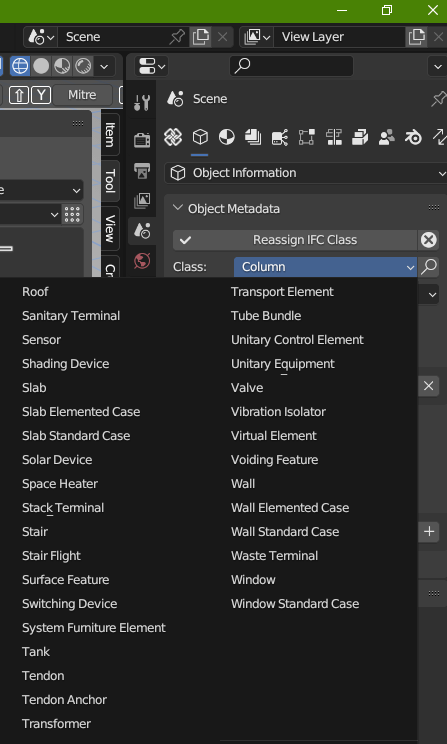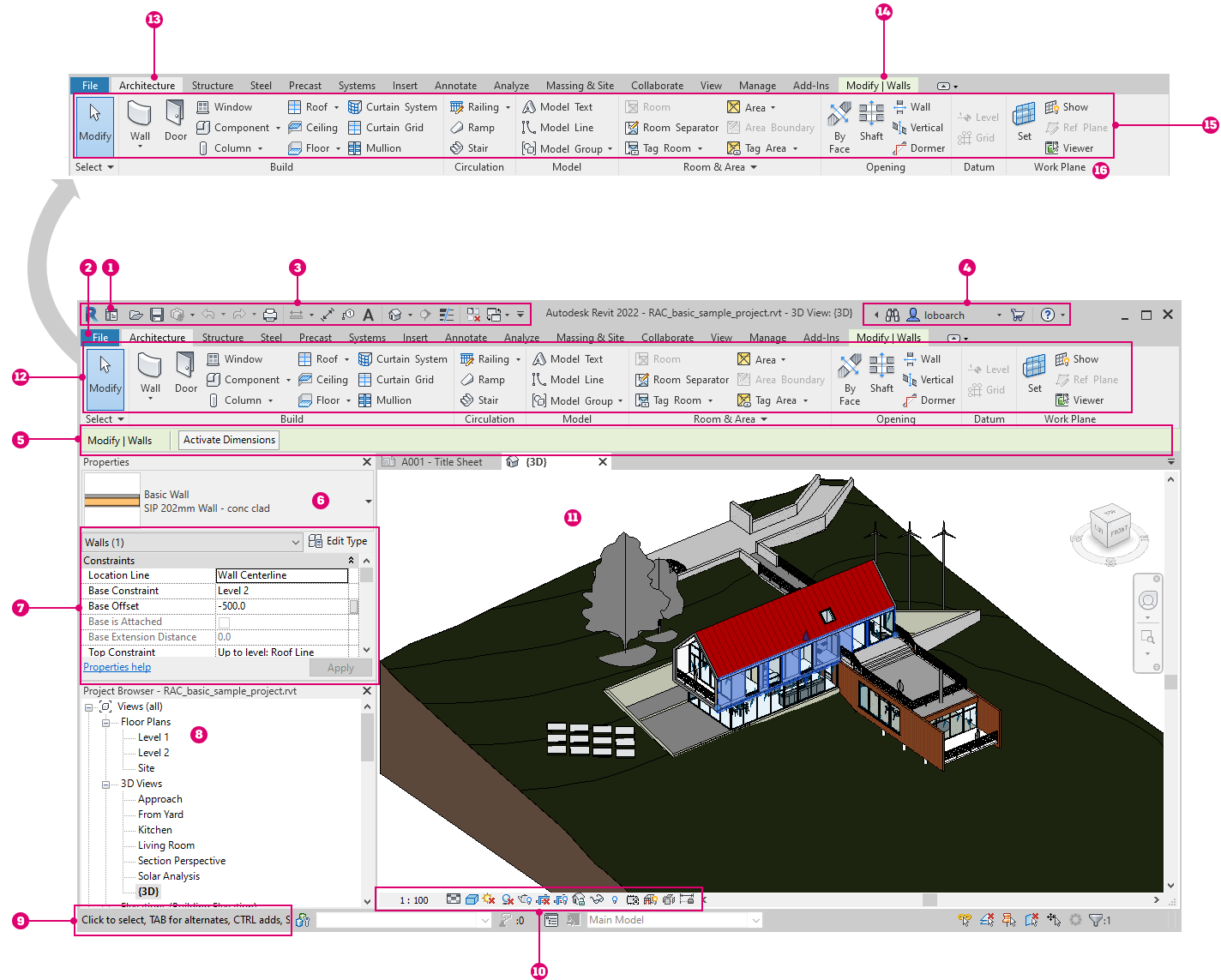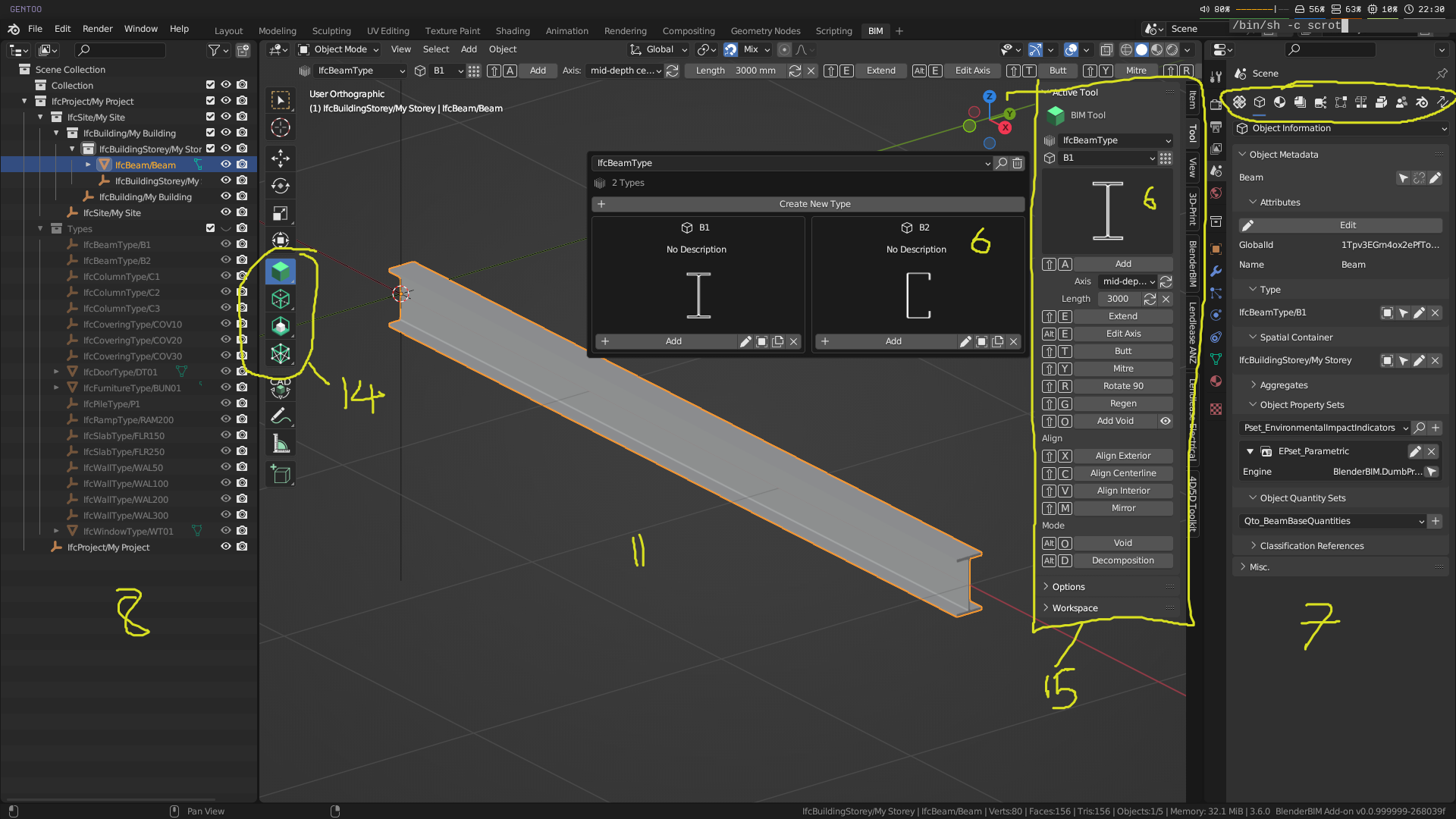@Coen
I think the name BlenderBim is the best for the following reasons:
-
Contains the term BIM
-
recalls its origin from Blender
-
It is short
-
it's very simple to pronounce (or at least in Italian)
-
clearly illustrates what the program does (it's not a simple IFC import-export)
-
I think it's perfect! XD
From my limited experience, when people talk about BIM they think it is the 3D modeling program which allows them to export the IFC file (or even to Revit).
Obviously this belief is wrong.
But people have been taught to think this way by software houses.
Because, for example, when I had to update the calculation programs that I use, I bought the "BIM extension" of the software not the "IFC extension".
For this reason I think it is right to use the word BIM as a keyword in the program name and not replace it with IFC.
Because people (or at least me and those I know) google the term BIM first
Regarding the reference to the term Add-on
I think BlenderBim has all the potential to one day become much more than just a Blender add-on
As we have seen these days following the excellent work of Moult, BlenderBIm needs its own U.I. heavily customized compared to the standard Blender one.
I think that in a few years (or months) when we open BlenderBim we will be faced with a working environment much more similar to Revit, Allplan, Archicad,...
By calling it "IFC add-on for Blender" we would be debasing it.
Furthermore, there is already at least one example of this type: Z-Anatomy
About the IFC-prefix...
Couldn't the renaming be deferred to a later version of the program?
Removing the prefix increases readability dastrichically.
But:
-
The clear reference to the major feature of the program (the IFC components) is lost
-
It seems to me, from the image attached above, the list is still too chaotic for simple use.
Since BlenderBim is still undergoing heavy evolution I think that such a change risks being premature.
I ask if you could:
-
postpone the elimination\moving of the IFC prefix to a future version in which, in addition to separating the elements by categories (structures, MEP,...), it will be possible to include the IFC reference (Ex. MEP - IFC ELEMENT)
-
show the name without IFC-prefix only in the general list in order to allow quick identification and choice and then show the name with the ifc-prefix when selecting the object (I don't know if it's possible and/or if you create even more confusion).
Sorry for the wall of text, next time I'll try to be more concise







